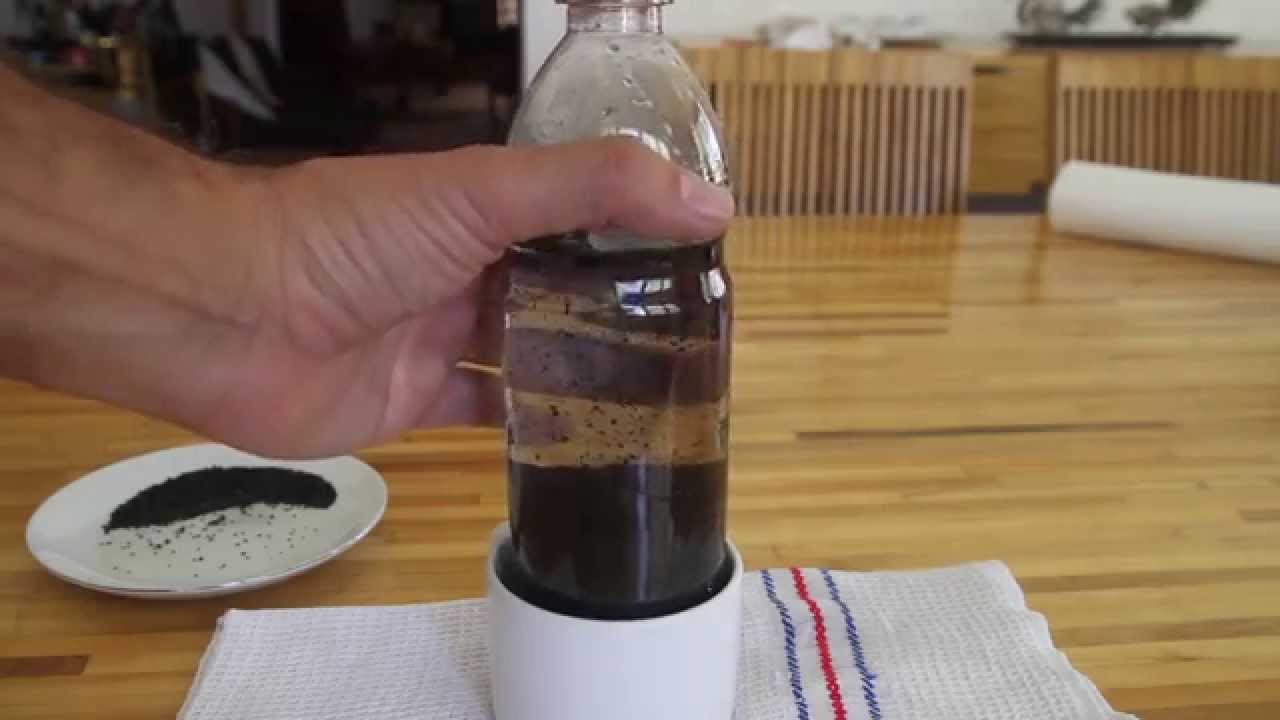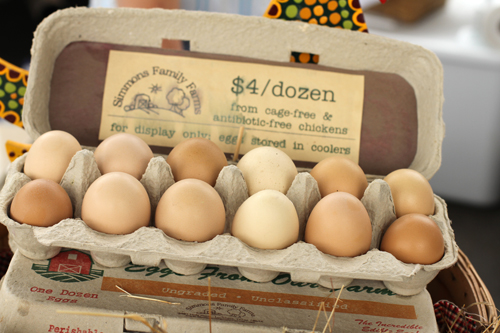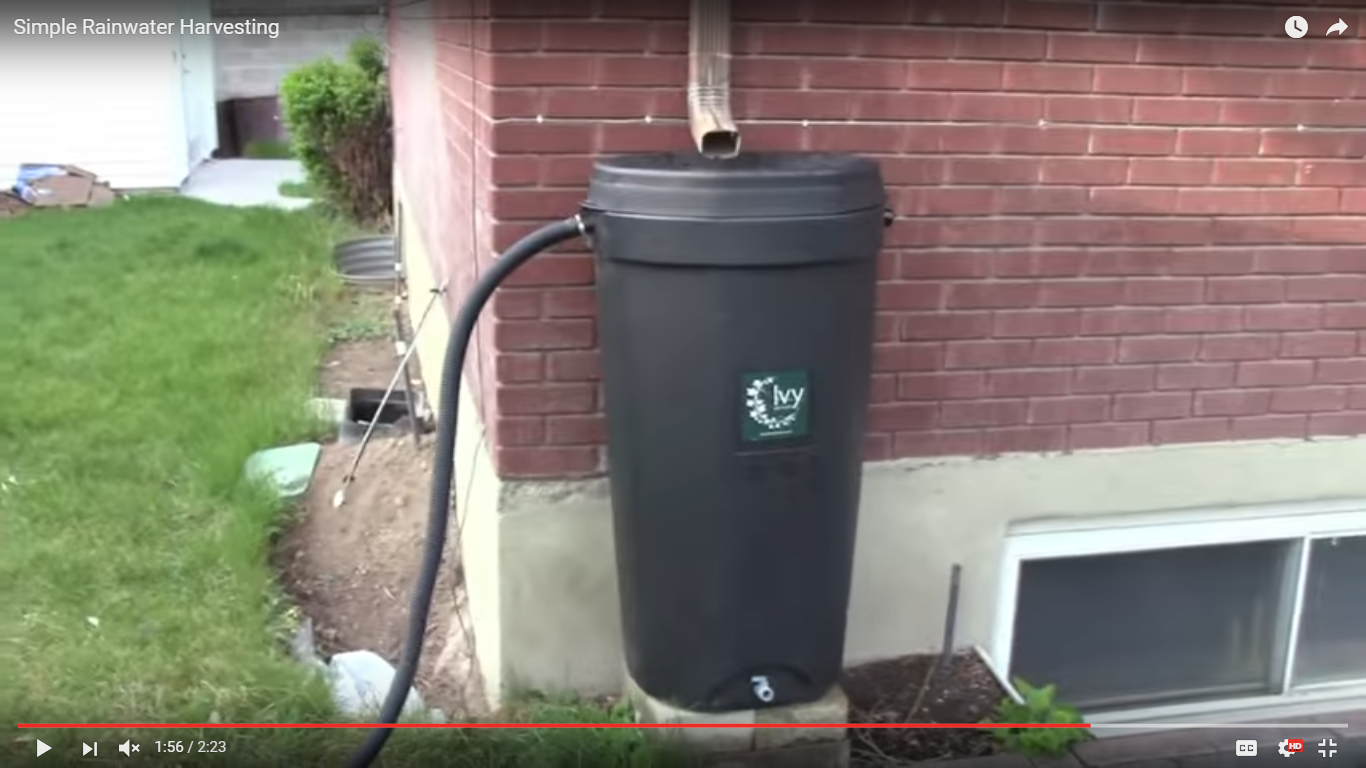3 Ways to Purify Water
If you are homesteading or in a survival situation, water will always be your primary need. If you have a source for fresh water on your homestead, that’s a huge advantage, but you also might need to purify the water. Whether you are collecting water from a stream, spring, rainwater, or what have you, it’s … Read more








